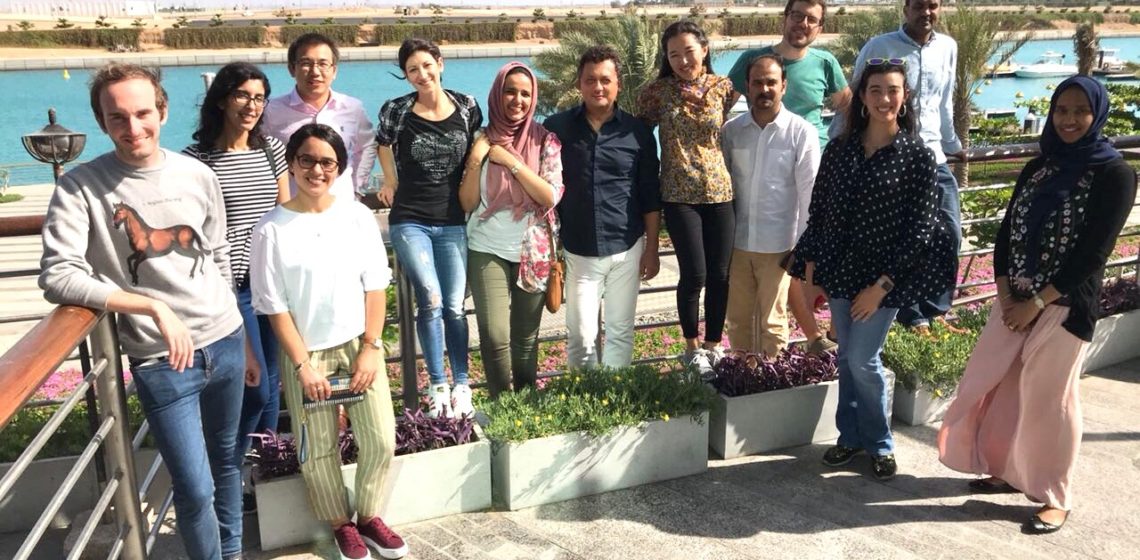
The discovery of the Epigenome marked the turning point for a better understanding of the complexity of gene regulation and phenotype variation.
While the largest part of available knowledge about Epigenetic mechanisms comes from studies performed in developmental contexts, very little is known about the function of the epigenome in adult tissues, how this changes in response to environment and time.
Far from being a rigid platform, the Epigenome controls the capacity of cells to be plastic to allow adaptation and performance in response to the natural changing of environmental conditions including metabolism, stress and aging with clear implications for the understanding of tissue homeostasis, cell reprogramming and associated diseases.
The focus of our laboratory in the newly established Epigenetics program at KAUST (keep.kaust.edu.sa) is the investigation of the mechanistic role of the Epigenome and nonconding Genome in somatic cells and in particular the role of Polycomb Group Proteins (PcG), noncoding RNA, chromatin RNAi components and repetitive mobile DNA elements in cell identity, adaptation to stress, aging and reprogramming. As model system we use human primary cells and mouse animal models, with particular emphasis on skeletal muscles, neuromuscular diseases and cell reprogramming.
For more details, please refer to our laboratory’s main webs site: Click Here
Lead PI (KAUST): Prof. Valerio Orlando
Lead PI (KFSHRC, Jeddah): Prof. Edward James Cupler
Hepatocellular carcinoma (HCC) constitutes a primary malignant tumor occurring in the hepatocytic cells account for 85-90% of all primary liver cancer. The main risk factors for HCC include viral hepatitis, aflatoxin exposure, alcoholic and nonalcoholic fatty liver disease (NAFLD). In KSA, nonalcoholic fatty liver disease (NAFLD) and nonalcoholic steatohepatitis (NASH) are leading causes of advanced liver disease and liver-disease related morbidity and mortality. The chronic inflammation of the liver in NAFLD patients increase the risk of developing liver fibrosis which is a primary risk factor for the progression of cirrhotic liver and subsequently HCC.
Taking advantage of NASH, NAFLD and HCC patients derived Blood and Liver biopsies we will investigate changes both RNAs (short and long RNA sequencing) and proteins/peptides ( Mass Spectrometry) expression to find circulating markers able to predict the progression from NASH to HCC and stratify patients for preventive therapies.